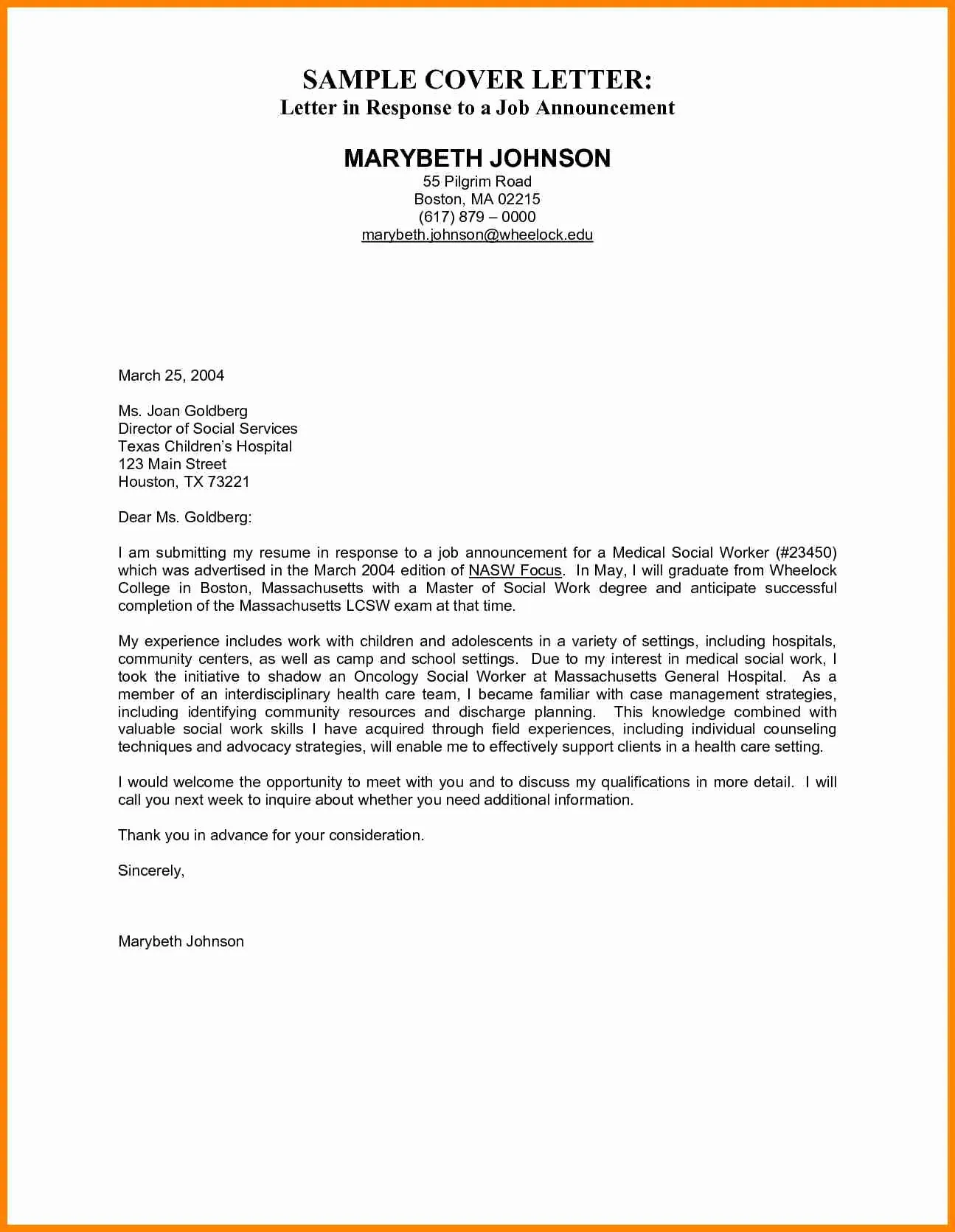Crafting a Winning Staffing Recruiter Cover Letter
A well-crafted staffing recruiter cover letter is your key to unlocking new career opportunities. It’s your chance to make a strong first impression and showcase why you’re the ideal candidate for the role. In a competitive job market, a compelling cover letter can set you apart from other applicants and increase your chances of landing an interview. This guide will equip you with the essential tips and techniques to create a cover letter that grabs attention and highlights your qualifications effectively. From understanding the purpose of a cover letter to avoiding common pitfalls, we’ll cover all the bases to help you succeed.
Understanding the Purpose of a Cover Letter
The primary purpose of a cover letter is to introduce yourself to a potential employer and explain why you’re a great fit for the specific job. It’s not just a formality; it’s an opportunity to go beyond your resume and provide a narrative that highlights your skills, experiences, and career goals. A well-written cover letter demonstrates your communication skills, shows your personality, and gives the hiring manager a glimpse into your enthusiasm for the role. It also allows you to address any potential gaps in your resume or explain your career path in a way that’s both clear and concise. Think of your cover letter as your personal sales pitch.
Highlighting Relevant Skills and Experience
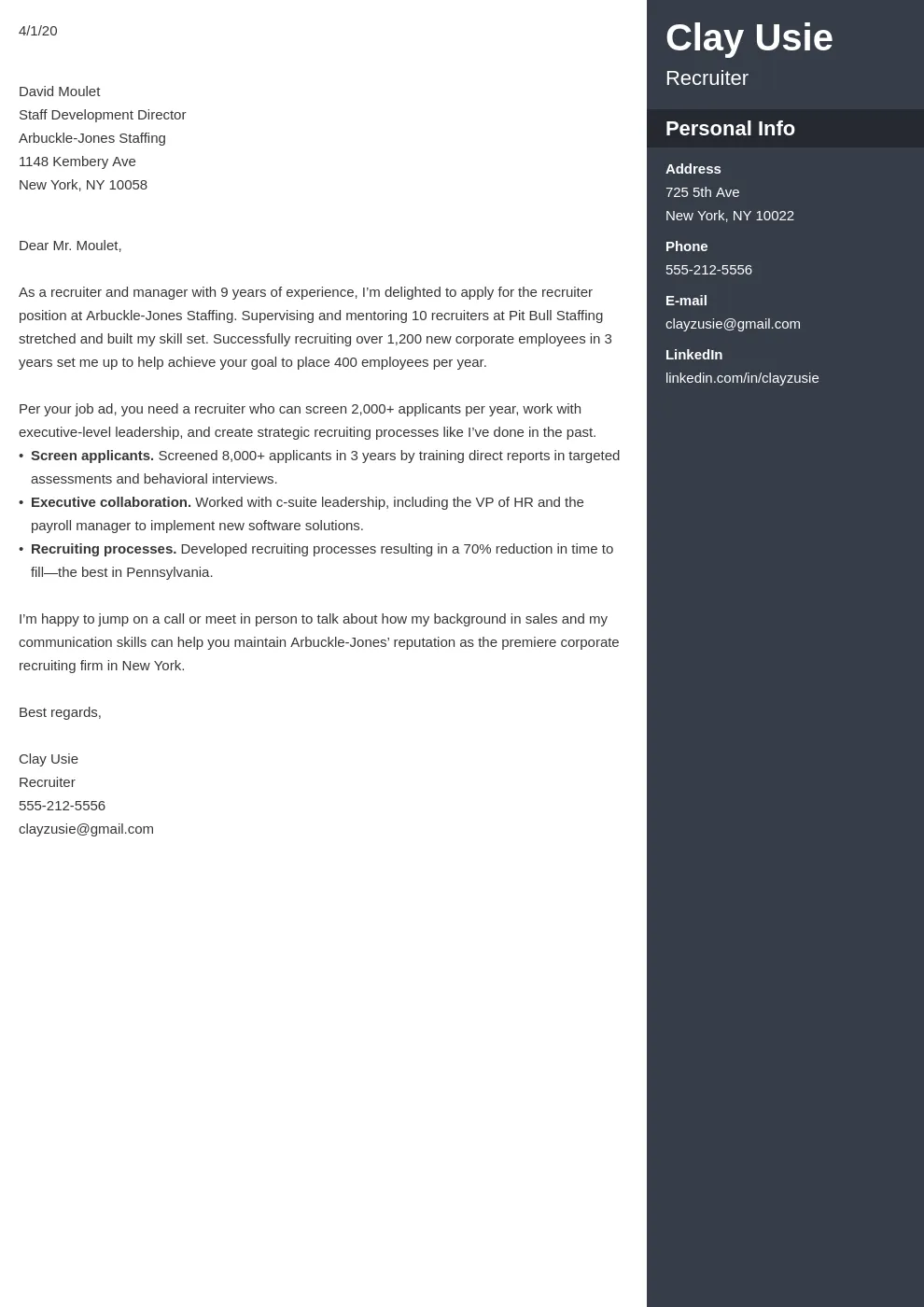
When writing your cover letter, focus on the skills and experiences that align with the job requirements. Carefully review the job description and identify the key skills and qualifications the employer is seeking. Then, in your cover letter, provide specific examples of how you’ve demonstrated these skills in previous roles. Use action verbs to describe your accomplishments and quantify your results whenever possible. For example, instead of saying “Managed a team,” say “Managed a team of 10 recruiters, increasing placement rates by 15% within six months.” This approach demonstrates that you not only possess the necessary skills but also have a proven track record of success.
Tailoring Your Cover Letter to the Job
Avoid sending a generic cover letter to every job application. Instead, tailor each cover letter to the specific position and company you’re applying to. Research the company and the role to understand their needs and priorities. Then, use your cover letter to demonstrate how your skills and experience align with their requirements. Mention the company’s values, culture, or recent achievements that resonate with you, showing that you’ve taken the time to learn about them. This personalized approach shows that you’re genuinely interested in the opportunity and have the potential to be a valuable asset to their team. A customized cover letter significantly increases your chances of being noticed.
Essential Elements for Your Staffing Recruiter Cover Letter
Professional Header and Contact Information
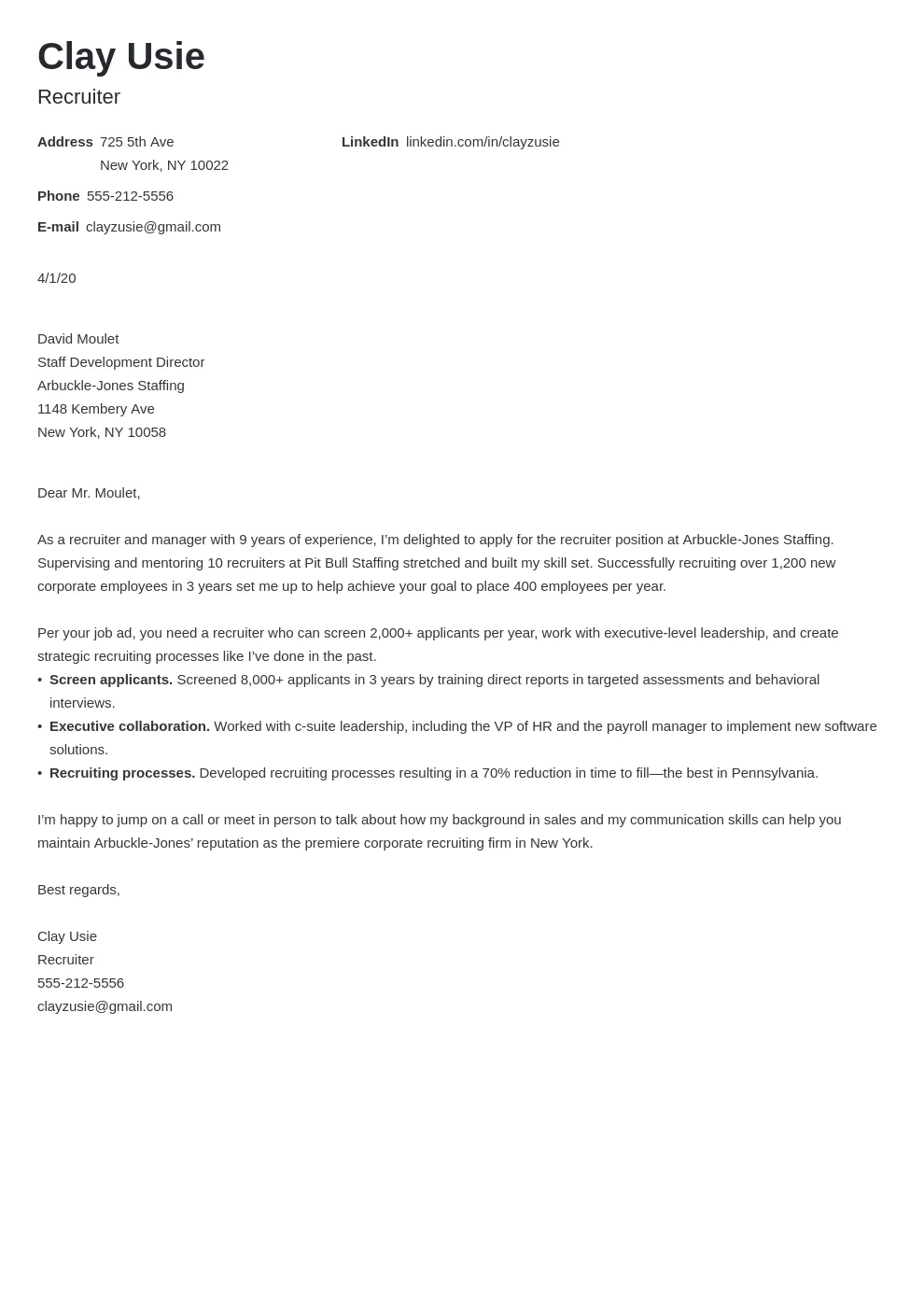
Start your cover letter with a professional header that includes your full name, contact information (phone number and email address), and the date. If you know the name of the hiring manager, include their name and title in the recipient’s address. This section sets a professional tone and makes it easy for the employer to contact you. Ensure your email address is professional and that your phone number is up-to-date and monitored regularly.
Compelling Introduction
The introduction is your chance to capture the reader’s attention from the start. State the position you’re applying for and briefly explain why you’re interested in the role and the company. Highlight a key skill or achievement that makes you stand out. Avoid generic opening lines; instead, personalize your introduction by mentioning something specific that caught your attention in the job description or about the company. This demonstrates your enthusiasm and makes the hiring manager want to read further.
Showcasing Your Achievements and Impact
The body of your cover letter should showcase your relevant achievements and how you’ve made a positive impact in previous roles. Use specific examples and quantify your results whenever possible. For instance, if you improved the efficiency of the recruitment process, mention the percentage of improvement or the time saved. If you successfully placed candidates, state the number of placements or the value generated. This helps the employer understand your capabilities and the value you can bring to their organization. Use strong action verbs to describe your accomplishments and make your points clear and concise.
Demonstrating Your Knowledge of the Industry
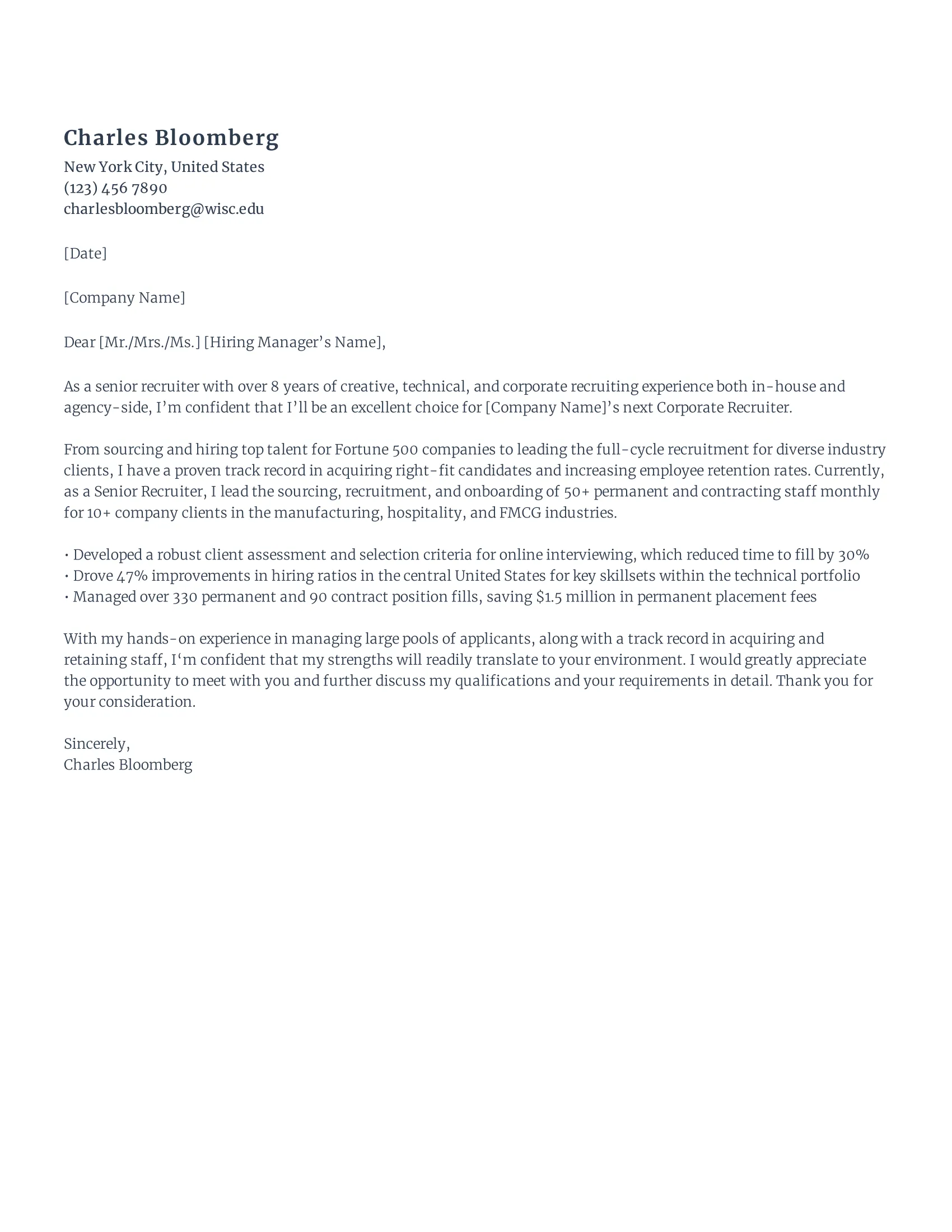
As a staffing recruiter, demonstrating your knowledge of the staffing industry is crucial. Mention your understanding of industry trends, challenges, and best practices. You might reference your familiarity with applicant tracking systems (ATS), sourcing techniques, or relevant employment laws. If you have any industry certifications or memberships, be sure to include them. Show that you stay updated on industry developments and are passionate about the field.
Powerful Closing and Call to Action
End your cover letter with a strong closing that reiterates your interest in the role and the company. Express your enthusiasm for the opportunity and summarize why you’re a great fit. Include a clear call to action, such as requesting an interview or offering to provide further information. Thank the hiring manager for their time and consideration, and restate your contact information. This leaves a lasting impression and makes it easy for them to take the next step.
Best Practices for Cover Letter Formatting
Using the Right Tone and Language
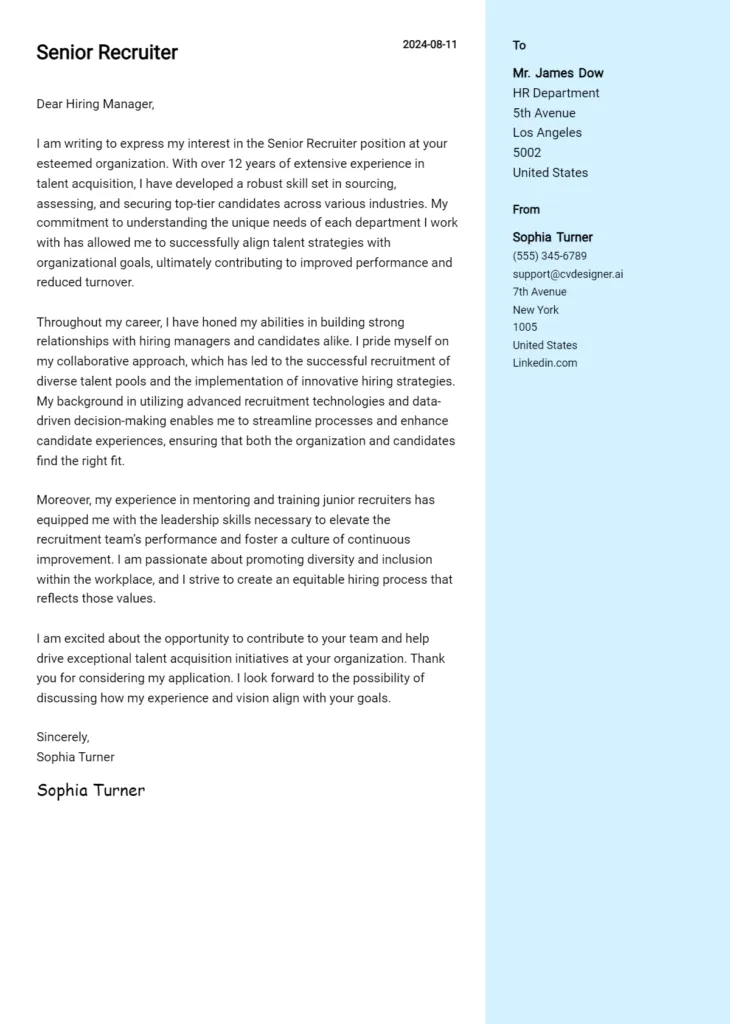
Maintain a professional and enthusiastic tone throughout your cover letter. Use clear, concise language and avoid jargon or overly complex sentences. Be positive and confident in your abilities. Show your personality and passion for the role, but keep your writing professional and appropriate for the workplace.
Proofreading and Editing
Proofread your cover letter carefully before submitting it. Check for any typos, grammatical errors, or formatting inconsistencies. It’s always a good idea to have someone else review your cover letter as well, as a fresh pair of eyes can catch mistakes you might miss. A well-proofread cover letter demonstrates your attention to detail and professionalism. Ensure that the language is clear, concise, and error-free.
Cover Letter Length and Structure
Keep your cover letter concise, ideally no longer than one page. Use a clear and organized structure, with an introduction, body paragraphs, and a conclusion. Use headings and bullet points to break up large blocks of text and make your letter easy to read. Ensure that your cover letter is well-formatted and visually appealing.
Common Mistakes to Avoid in Your Cover Letter
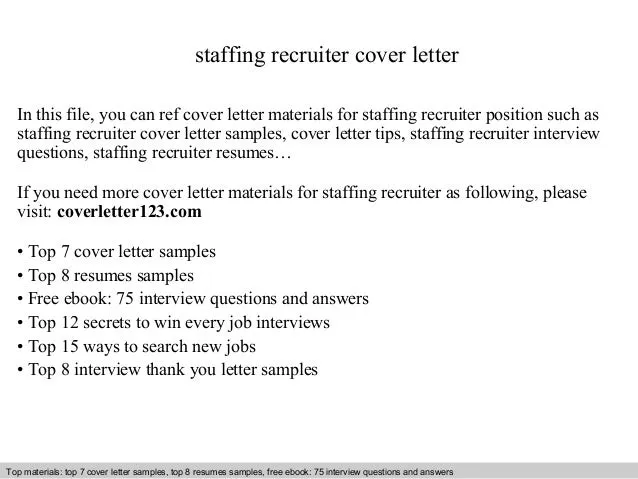
Generic and Uninspired Content
Avoid using generic phrases and clichés that fail to showcase your unique skills and experiences. Tailor your cover letter to each specific job and company, highlighting relevant achievements and demonstrating your genuine interest. Use specific examples to illustrate your skills, rather than making vague statements. Show, don’t just tell, the hiring manager why you are the best fit for the role.
Typos and Grammatical Errors
Typos and grammatical errors can significantly damage your credibility. Always proofread your cover letter carefully before submitting it. Use grammar and spell-checking tools, and consider having someone else review your letter for any errors you might have missed. Errors make a negative impression and signal a lack of attention to detail, so a polished and error-free cover letter is essential.
Focusing on Yourself Instead of the Employer
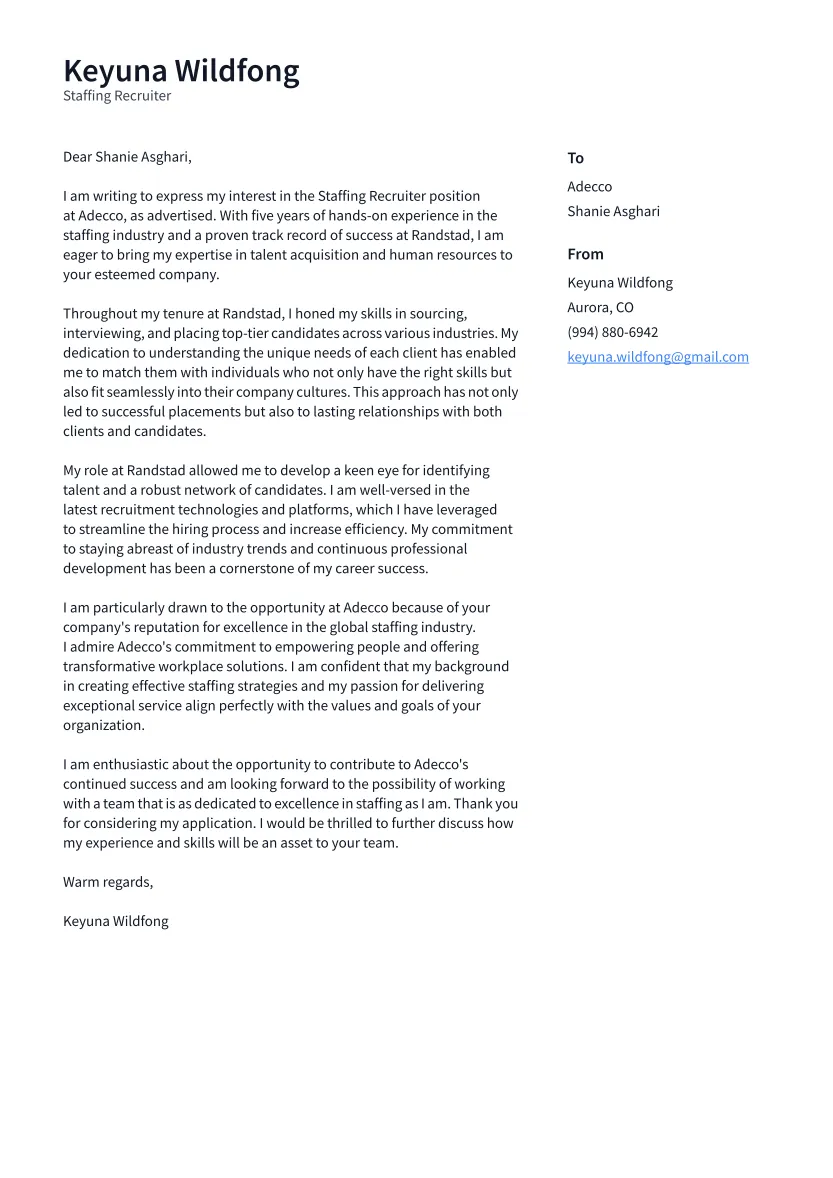
While it’s important to highlight your skills and experience, avoid making your cover letter all about you. Frame your accomplishments in terms of how they benefit the employer. Explain how your skills can address their needs and help them achieve their goals. Research the company’s values and culture and show how you align with them.
Formatting Errors
Poor formatting can make your cover letter difficult to read and give the impression that you lack attention to detail. Ensure your cover letter is properly formatted with clear headings, readable fonts, and appropriate spacing. Use a professional font like Arial or Times New Roman, and keep the font size consistent throughout the document. A well-formatted cover letter is easy to read and creates a positive impression.
